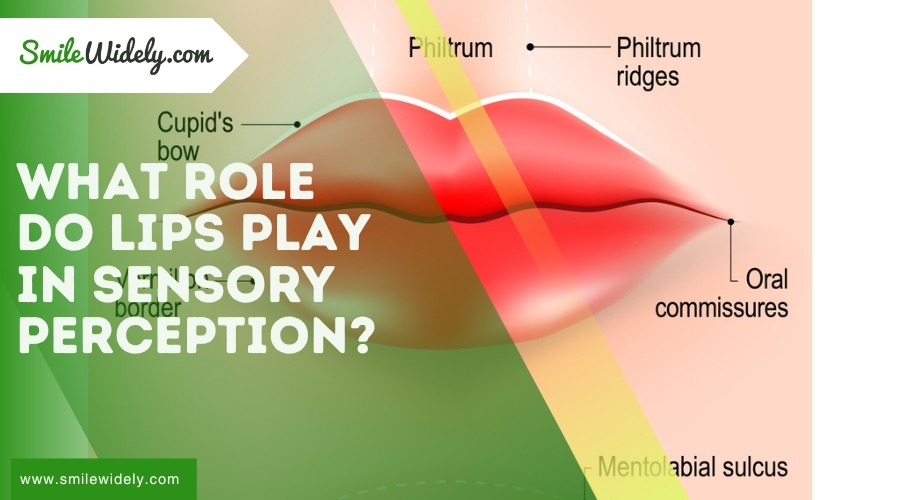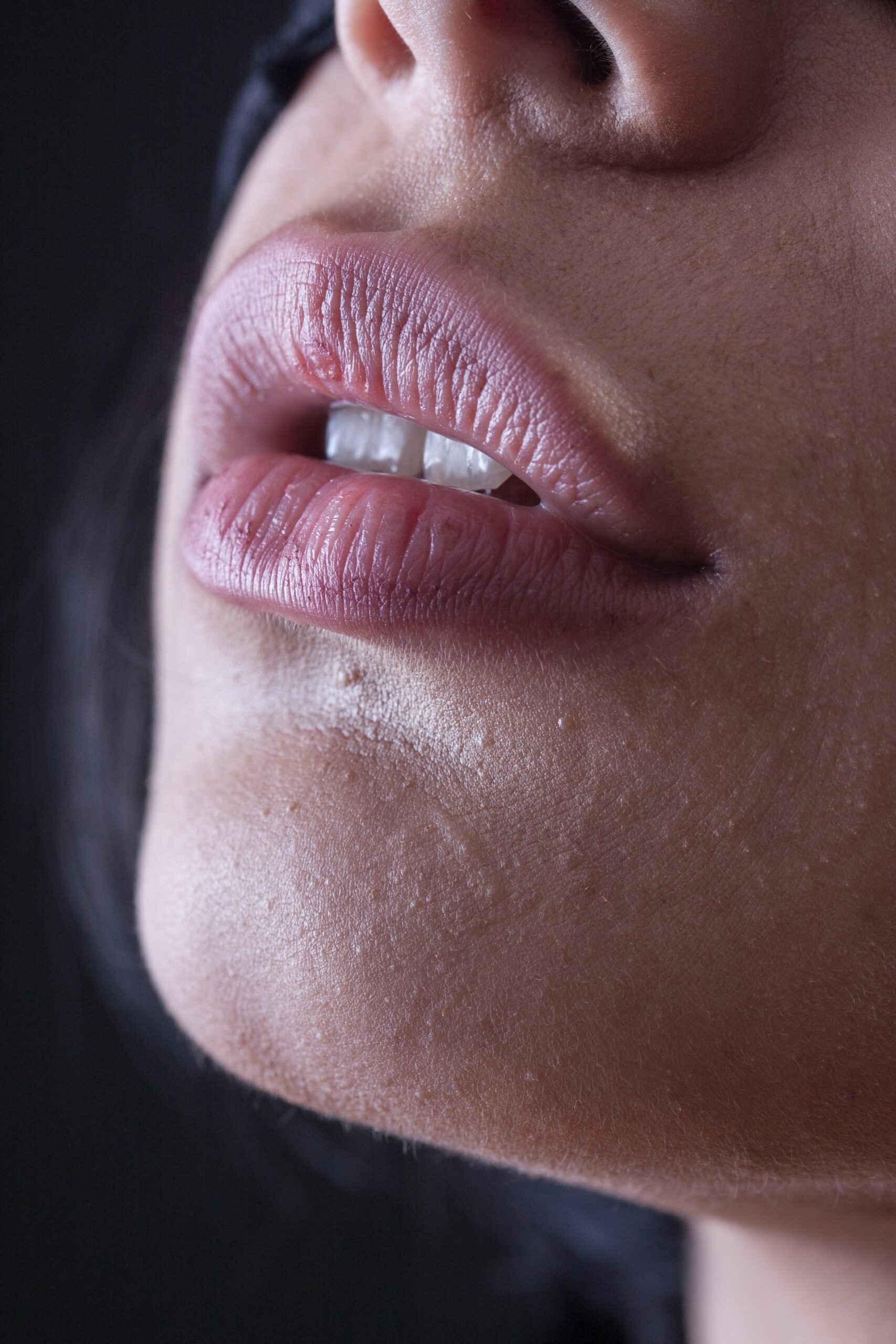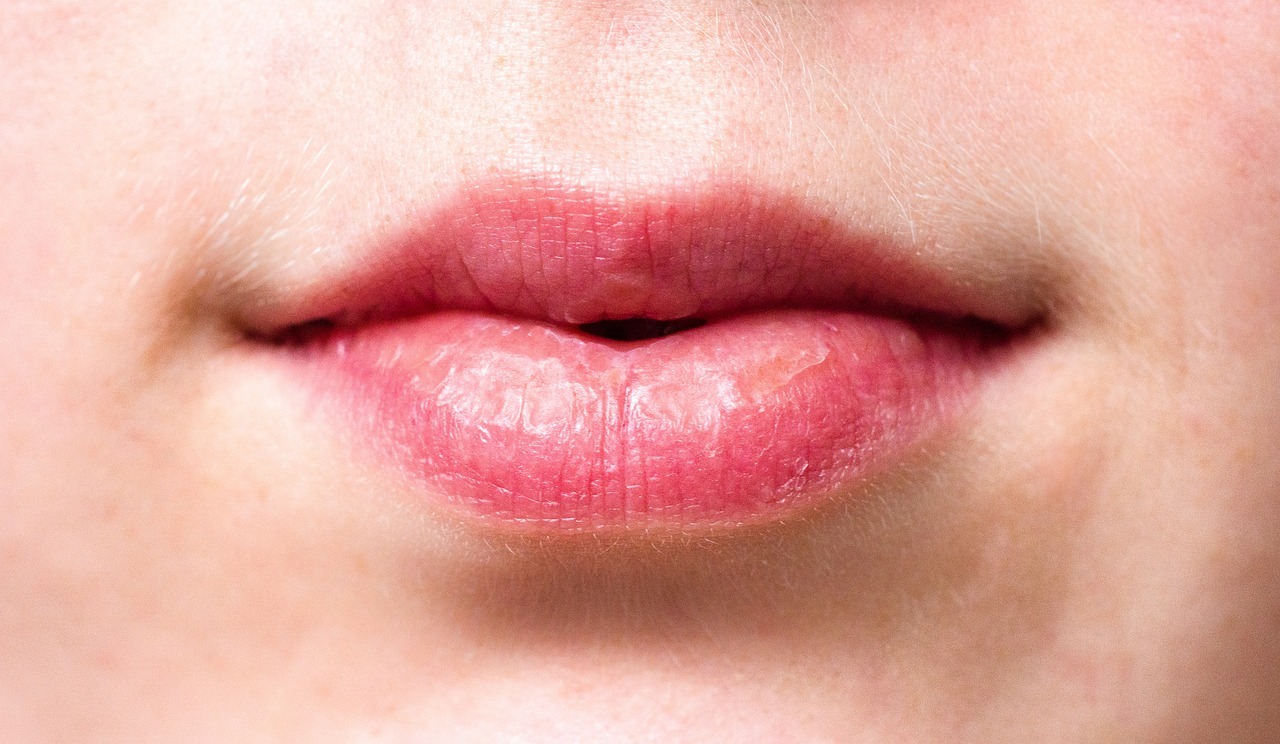Have you ever considered the truth behind the theory that your lips might rival your fingertips in terms of tactile sensitivity? It’s fascinating how these seemingly simple structures at the entrance of your mouth play a crucial role in sensory perception, far beyond what one might initially think. As gatekeepers of taste and tactile gateways, your lips can discern textures, shapes, and temperatures with remarkable precision.
But how exactly do they manage this feat, and what implications does their sensitivity have for your interaction with the world around you? You’ll find exploring these aspects not only enlightens you about your own body but also unveils the complexity of human sensation.
Anatomy of the Lips
Understanding the anatomy of your lips begins with recognizing they’re more than just a cosmetic feature; they consist of mucosal membrane, vermilion, and cutaneous surfaces, each playing a crucial role in their unique structure. Your lips’ distinct appearance is partly due to the vermilion border, which clearly demarcates the lip skin from the facial skin, contributing to their characteristic look.
Central to the functionality of your lips is the orbicularis oris muscle. This complex muscle encircles your mouth and is fundamental in enabling movements such as puckering and pressing your lips together, actions you might associate with kissing or blowing. It’s not just about movement, though; this muscle plays a pivotal role in the process of articulation and the production of speech sounds, showcasing the lips’ importance beyond their aesthetic appeal.
Sensory innervation, primarily provided by the facial nerve, endows your lips with their remarkable sensitivity. This intricate network of nerves allows for the detailed sensory feedback necessary for tasks requiring precision, like sipping hot beverages without scalding or applying makeup. The sensory capabilities of your lips are integral, not only for detecting environmental stimuli but also for enhancing non-verbal communication through expressions and gestures.
Sensory Functions
Your lips’ high density of sensory receptors plays a pivotal role in your somatosensory awareness, allowing you to experience detailed sensations like texture, temperature, and pressure. Known anatomically as the labium superius oris, your upper lip, along with your lower lip, is surrounded by dense elastic tissue and is richly innervated by the facial nerve. This intricate network enables you to detect a wide range of stimuli, making your lips a critical component of your sensory system.
Consider the following aspects of your lips’ sensory functions:
- Dense Innervation: Your lips’ ability to perceive intense sensations is largely due to the high concentration of sensory receptors. This makes the oral tissues among the most sensitively innervated parts of your body.
- Orofacial Region: The mouth and surrounding facial area are key to tactile perception, with your lips providing rich feedback about the environment and objects you interact with.
- Infant Exploration: From an early age, infants rely on their lips and mouth for complex exploration behaviors, demonstrating the inherent role of lips in sensory detection and interpretation.
Your lips do more than just speak or smile; they’re essential for interpreting the world around you.
Touch and Texture Detection
Your lips’ ability to sense texture plays a crucial role in evaluating food and detecting subtle changes in your environment.
They’re equipped with dense receptors, making them highly sensitive to the slightest variations in touch and texture.
This sensitivity not only enhances your culinary experiences but also alerts you to potential dangers, underscoring the lips’ vital function in sensory perception.
Lips’ Texture Sensitivity
Regarding the sense of touch, your lips’ ability to detect texture and shape is remarkably precise, thanks to an abundance of sensitive skin receptors. This heightened sensitivity is due to the unique composition of your lips, including:
- Dermal collagen and dense nerve endings that provide a soft yet highly responsive structure.
- A rich network of tactile receptors that excel in distinguishing fine details.
- The flexibility of lip movement, allowing for dynamic exploration of objects.
Your lips serve as a critical interface for tactile perception, enabling you to discern variations in texture, from the smoothness of silk to the roughness of sandpaper. This capability not only enriches your sensory experience but also plays a fundamental role in exploring and understanding the world around you.
Importance in Food Evaluation
As you savor a meal, your lips play a crucial role in assessing its quality by detecting subtle differences in touch and texture. Thanks to their high sensitivity and the abundance of sensory receptors, your lips help you distinguish between various food textures—be it smooth, rough, or crunchy.
This isn’t just about enjoyment; it’s a critical aspect of food evaluation. Your lips’ ability to detect minor temperature variations and consistency changes significantly enhances your eating experience. Their sensitivity allows for the precise detection of food characteristics, contributing greatly to your satisfaction.
Essentially, the subtle textural differences that your lips can perceive are key to truly enjoying and evaluating the food you eat.
Detecting Environmental Changes
Beyond evaluating food, lips also detect subtle environmental changes through their sensitivity to touch and texture. This remarkable ability is attributed to the dense innervation of sensory receptors, making your lips incredibly adept at distinguishing between various textures and surfaces. Such tactile exploration plays a pivotal role in sensory perception, enhancing your understanding of the surrounding environment.
Consider the following aspects that underscore the importance of lips in detecting environmental changes:
- Sensory receptors in the lips allow for precise texture and temperature differentiation.
- Tactile exploration is facilitated by the lips, helping assess objects and surfaces directly.
- The lips’ role in sensory perception is crucial for processing and interpreting tactile information from the environment.
Your lips are more than just a tool for speech and eating; they’re integral to how you perceive and interact with the world around you.
Temperature Sensitivity
Your lips are highly sensitive to temperature changes due to their rich density of sensory receptors. This temperature sensitivity is crucial for navigating your environment and avoiding harm. When it’s cold, the blood vessels in your lips constrict, leading to pale lips. Conversely, warm temperatures cause these vessels to dilate, making your lips appear flushed or reddened. This response isn’t just cosmetic; it’s a direct result of the temperature-sensitive nerve endings in your lips.
Here’s how temperature affects your lips and their appearance:
| Temperature Effect | Result on Lips |
|---|---|
| Cold | Pale lips due to vasoconstriction |
| Warm | Flushed lips from vasodilation |
| Extreme cold | Reduced sensitivity over time |
| Extreme heat | Increased risk of burns |
| Sudden changes | Immediate detection and response |
This table underscores the importance of your lips in sensing temperature variations. These variations can signal potential dangers, like the risk of burns from hot objects or environmental conditions that could harm your body. Your lips, with their dense network of blood vessels and sensory receptors, are frontline sensors that help you assess the thermal landscape around you, ensuring you respond appropriately to maintain your well-being.
The Role of Nerve Endings
You’ve learned how your lips can detect temperature changes, but let’s explore how they achieve such sensitivity.
The high density of nerve endings in your lip tissue is crucial for transmitting touch signals to your brain, allowing you to sense even the slightest variations in texture and pressure.
This intricate network not only helps you navigate the world around you but also plays a vital role in how you experience it through touch.
Sensitivity of Lip Tissue
Lip tissue, densely packed with sensory receptors, grants you an extraordinary ability to perceive subtle changes in texture, temperature, and shape. The sensitivity of lip tissue is largely due to the abundance of nerve endings, making somatosensation intensely vivid. These nerve endings are your body’s frontline for detecting the nuances of your environment, especially during oral exploration.
The role of nerve endings in enhancing your sensory experience includes:
- Detecting various tactile stimuli to heighten oral sensory awareness.
- Contributing to vivid somatosensory experiences that allow for precise tactile discrimination.
- Playing a crucial role in perceiving textures, temperatures, and shapes, enabling intense bodily sensations.
This rich network of sensory receptors is why your lips are so sensitive, turning every touch into a nuanced sensory encounter.
Lip Touch Signals
Building on the sensitivity of lip tissue, the nerve endings within them play a pivotal role in how we detect and interpret touch signals. These specialized receptors, including mechanoreceptors and nociceptors, are your gateway to the nuanced world of sensory perception through lip touch signals. They’re why you can discern the slightest changes in pressure, temperature, texture, and vibration.
| Feature | Function | Impact on Perception |
|---|---|---|
| Pressure | Detect changes | Enhances articulation |
| Temperature | Sense warmth/cold | Influences food/beverage experience |
| Texture | Identify smooth/rough surfaces | Aids in tactile discrimination |
| Vibration | Feel oscillations | Important for speech perception |
Your lips’ nerve endings transmit this wealth of information via the trigeminal nerve, making every kiss, word, and facial expression a rich sensory experience.
Lips and Taste Perception
Exploring how your lips contribute to tasting food reveals their crucial role in combining tactile sensations with flavor perception. Your lips aren’t just for pouting or smiling; they’re sophisticated sensors that enhance how you experience food. Their tactile sensitivity allows you to detect the temperature, texture, and even the weight of what you’re about to eat, setting the stage for taste perception.
Here’s how your lips play a pivotal role:
- Tactile Sensitivity: Your lips’ ability to feel the slightest differences in texture and temperature helps prepare your taste buds for what’s coming, enriching the taste experience.
- Enhanced Flavor Perception: The way you move and press your lips against food can alter the flavor profile you perceive, making each bite an intricate dance of sensory information.
- Integration with Other Senses: Lips work alongside taste buds and olfactory receptors, contributing to a rich tapestry of gustatory experiences. This sensory collaboration is crucial for the brain’s processing of flavor, making every meal a multisensory event.
Understanding the intricate role your lips play in taste perception highlights the importance of sensory information in enjoying food fully. It’s not just about what lands on your tongue; it’s about the entire process, starting with your lips.
Communication Beyond Words
While your lips significantly impact how you perceive taste, they also play a vital role in non-verbal communication, expressing emotions and intentions without uttering a single word. Through subtle movements and various facial expressions, your lips contribute extensively to how you’re perceived and understood by others. They’re not just for speaking; they’re essential tools for conveying a range of emotions, from happiness and affection to concern and anger.
Your lips, combined with other facial features, create a rich tapestry of non-verbal cues that others instinctively interpret. When you smile or frown, it’s your lips that often draw the most attention, highlighting their significance in emotional expression. Moreover, the way lip movements during speech affect brain activity in observers underscores their role in sensory perception. This entrainment of brain activity, especially in the left motor cortex, enhances speech comprehension and demonstrates how closely linked your lips are to the process of communication beyond mere words.
Visual attention to lip movements not only influences sensory perception but also plays a critical role in how effectively you understand and engage with others. By aligning visual attention with the informative visual speech, your lips significantly enhance communication, making them indispensable in conveying and interpreting messages without relying solely on spoken language.
Environmental Interaction
Your lips serve as a critical interface with the environment, allowing you to experience and interpret the world through touch and sensation. They’re not just for smiling or speaking; they play a vital role in how you perceive and interact with your surroundings. Through tactile exploration and oral sensory perception, your lips provide a unique way to gather information about objects you come into contact with.
Consider how your lips aid in environmental interaction:
- Tactile Exploration: Your lips allow you to explore the texture and shape of objects, contributing to spatial awareness and sensory integration.
- Texture Discrimination: With their high sensitivity, your lips can distinguish between different textures, enhancing your understanding of the world around you.
- Temperature Sensation: They can also detect temperature changes, making them essential for assessing the safety and suitability of objects and foods.
Through oral somatosensation, your lips enable you to interact with and comprehend your environment more fully. They’re not just a physical feature but a tool that enriches your sensory experience, highlighting the significance of lips in sensory perception.
Health and Sensory Changes
Understanding how conditions like cheilitis affect the sensory capabilities of your lips is crucial in appreciating their role in health and sensory perception. Cheilitis, characterized by inflammation and discomfort, can significantly reduce your lip sensitivity. This condition, along with systemic diseases like Sjogren’s syndrome, which leads to dryness and altered tactile feedback, highlights the direct link between health and how you perceive sensations through your lips.
Moreover, sun damage, particularly actinic cheilitis, not only alters your sensory perception but also raises your risk of developing lip squamous cell carcinoma. It’s a stark reminder of how external factors can impact the health and function of your lips. Nutrient deficiencies, such as those in zinc and riboflavin associated with cheilitis, further modify your lips’ sensitivity and overall oral function.
Surgical interventions for various lip disorders might offer relief or reconstruction, but they also come with the potential of changing your lip sensitivity, either temporarily or permanently. These interventions underscore the delicate balance between maintaining health and preserving the sensory functions of your lips.
Conclusion
In conclusion, your lips are more than just a cosmetic feature; they’re key players in how you experience the world. Packed with nerve endings, they excel in detecting touch, texture, and temperature changes, making them nearly as sensitive as your fingertips.
They also contribute significantly to taste perception and non-verbal communication, enriching your interactions with your environment. So, it’s crucial to pay attention to any health-related changes in your lips, as they could impact your sensory experiences.






